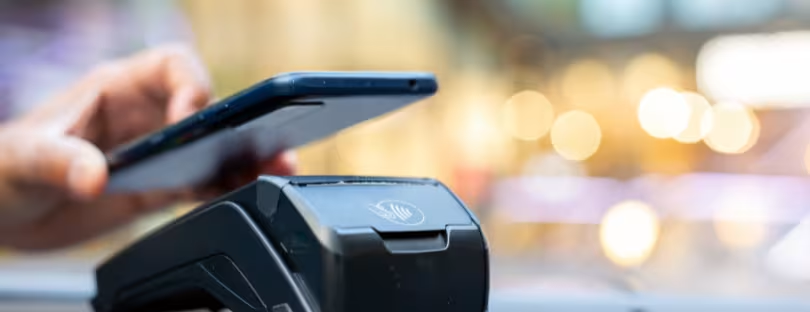
Apple Pay takes 5% of global card payments, on pace for 10% by 2025
Payments made via Apple Pay now account for around 5% of global card transactions, according to research firm Bernstein — and are set to represent 10% of all card transactions by 2025. apple pay card payments
“There are indeed plenty of reasons to worry that Apple may attempt to disrupt the payments ecosystem,” Bernstein analysts wrote in a research note, Quartz reports.
“While the tech company could, in theory, create its own network that runs outside the card systems, Bernstein argues that Apple still needs the card networks, which are ubiquitous and trusted,” Quartz adds.
The digital payments race is an immense opportunity, representing about $1 trillion in revenue around the world. Visa and MasterCard process more than $14 trillion of payments each year and are still growing as more transactions go online, flow through apps, and as consumers in many parts of the world use cash less often.
Apple Pay makes money by taking a sliver of each transaction that runs through the device. Users can store their credit and debit cards in the wallet and use them to make contactless payments—beefed up with biometric security—through their phone’s near-field communication (NFC) tech. In the US, contactless payments are forecast to increase to $1.5 trillion in 2024, up from $178 billion this year, according to Juniper Research.
Apple Pay provides several benefits that make it an appealing choice for many users. Here are some of them:
- Convenience: Apple Pay allows you to make purchases with just a tap of your iPhone or Apple Watch. You don’t need to carry cash or cards with you, which can be especially handy for quick purchases.
- Security: When you use Apple Pay, your card number isn’t stored on your device or on Apple’s servers. Instead, a unique Device Account Number is assigned, encrypted, and securely stored in the Secure Element, a special security chip in your device. Each transaction is authorized with a one-time unique dynamic security code, rather than using the security code from the back of your card.
- Privacy: Apple Pay doesn’t keep transaction information that can be tied back to you, ensuring purchases are private.
- Speed: Transactions are quick and you don’t have to waste time fumbling for your wallet or card.
- Integration with Apple Ecosystem: If you’re already an Apple user, Apple Pay integrates seamlessly with the rest of the ecosystem. You can use it not just in physical stores, but also for online purchases and even for sending money to friends through iMessage.
- Wide Acceptance: As of 2023, Apple Pay is accepted in millions of stores in many countries and regions around the world.
- Rewards and Benefits: Many banks and credit card providers offer rewards for using Apple Pay, which can add up over time.
- Contactless Payments: In the context of health concerns, like during a pandemic, contactless payments can help limit physical contact with surfaces.
Remember that while using Apple Pay has many benefits, it’s important to keep track of your spending and ensure that your devices have secure passcodes to prevent unauthorized use.











